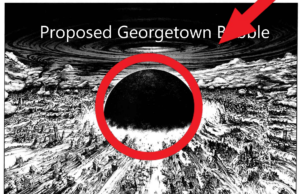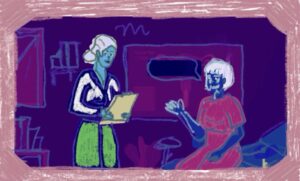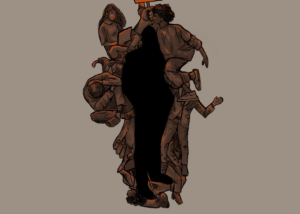Last week, various Caribbean nations and much of the American Eastern Seaboard were ravaged by Hurricane Sandy, the largest Atlantic hurricane on record, reaching 1,000 miles in diameter. The storm devastated large parts of the U.S., leaving millions without power and claiming over 110 lives so far. As of yesterday, close to 200,000 customers were without electricity in New York City, one of the country’s hardest-hit regions, just in time for a winter storm that is slated to hit the area in the next few days.
Sandy’s effects have been met with a phenomenal relief effort—the American Red Cross alone has raised more than $85 million, and some estimates put the total aid raised at $92.3 million. However, institutionalized restoration efforts have left some holes. A local, grassroots effort called “Occupy Sandy” has stepped up to offer much-needed aid and supplies to New York City neighborhoods most adversely affected by the hurricane.
After the disaster, organizers from the waning Occupy Wall Street movement teamed up with the climate activism group 350.org to coordinate the distribution of volunteer help and donated resources in hard-hit areas of the city.
While Wall Street’s lights kept shining bright as ever since Sunday, 11,000 Manhattanites remained without power over the weekend. In more ways than one, Hurricane Sandy managed to expose the inequalities of the city’s most gentrified borough, where according to the most recent census the wealthiest fifth make more than 40 times what the lowest fifth reported. Moreover, in the less affluent outer boroughs of Queens and Staten Island, nearly 80,000 and 30,000 people, respectively, remain in the dark.
Occupy Sandy concentrates generally on smaller communities where government relief has not yet arrived. Individuals and groups willing to help refer to the Occupy Sandy website, which specifies the needed supplies and directs volunteers to distribution hubs short on hands. Unlike established shelters or aid organizations, many of which had stopped collecting non-monetary donations or were only looking for volunteers with special skills, Occupy Sandy is willing to take anyone who wants to help. This is in line with the effort’s premise of community, solidarity, and mutual aid, and grows naturally from the Occupy spirit.
Occupy Sandy’s diffuse grassroots approach provides a model for natural disaster relief because it looks inward for help. It works because it responds directly to local needs, as expressed by the people on the ground, and can act rapidly in the face of emergency. As climate change makes these kinds of disasters increasingly frequent and unpredictable, Occupy Sandy provides an empowering blueprint for effective community relief.



